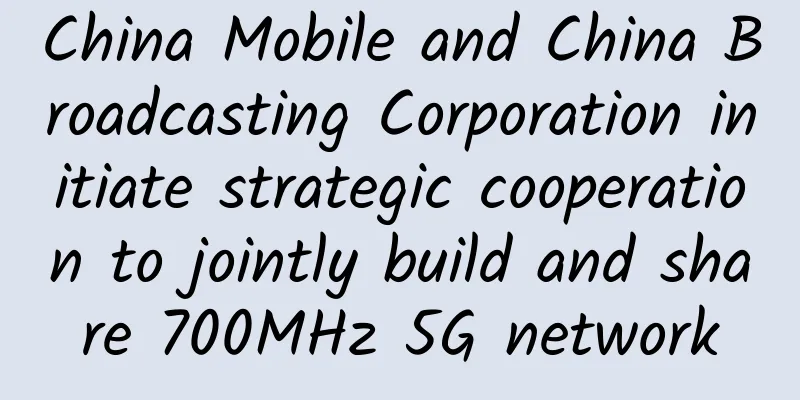What is a Fibre Channel Transceiver?

|
Fibre Channel is a network storage switching technology that provides long distances and high bandwidth to transfer large data files between storage, servers, and clients. Fibre Channel (FC ) is a high-speed network interconnect technology (usually running at 2Gbps, 4Gbps, 8Gbps, 16Gbps and 32Gbps), mainly used to connect computer storage devices. In the past, Fibre Channel was mainly used in supercomputers, but it is now becoming a common connection type in enterprise storage area networks (SANs). Although it is called Fibre Channel, its signals can also be transmitted over twisted pair cables. 1. Characteristics of Fibre Channel TransceiversFibre Channel transceivers are used for Fibre Channel storage network links in data centers. They include transmission, reception, clock data recovery, and control. Fibre Channel optical modules are backward compatible with applications, support diagnostic tests for optical loops and circuit loops, and provide stable receiving alarms. As an interface between the Fibre Channel system and optical network storage devices, they are small and low power, and can increase the density of port applications. In addition, Fibre Channel transceivers are hot-swappable, which facilitates on-site system debugging, and support digital diagnostic interfaces. Network managers can monitor the working status of optical modules through the communication interface. What is a Fibre Channel Transceiver? 2. Why do data centers need Fibre Channel transceivers?
3. What is the difference between a Fibre Channel transceiver and an Ethernet transceiver?Transport Protocol Fibre Channel transceivers and Ethernet optical modules follow different protocols. Fibre Channel transceivers belong to the Fibre Channel protocol and do not follow the OSI (Open System Interconnection Reference Model), while Ethernet optical modules comply with the IEEE 802.3 standard for packet-based physical communications in LANs (Local Area Networks). It is a data link layer protocol in the TCP/IP protocol stack and belongs to the OSI model. Fibre Channel transceivers are compatible with the Ethernet protocol, while Ethernet optical modules do not support the Fibre Channel protocol. reliability Fibre Channel transceivers offer better reliability. They are designed for users seeking high-speed, low-latency block storage. If users require file-level storage access, Ethernet modules are preferred. Transfer rate Currently, Fibre Channel transceivers support rates of 1Gbps, 2Gbps, 8Gbps, 16Gbps, 32Gbps and 128Gbps, while Ethernet modules can support a wider range of transmission speeds: 10/100/1000Mbps and 10Gbps, 25Gbps, 40Gbps, 50Gbps, 100Gbps, 200Gbps, 400Gbps. In addition, the update and iteration speed of Fibre Channel transceivers is slower, from 1Gbps to 128Gbps. Obviously, the capacity and output of Ethernet modules are much higher than those of Fibre Channel modules. The 400G Ethernet QSFP-DD module is nearly 400 times the original 1G SFP module. Therefore, Ethernet optical modules are more in line with people's growing demand for high bandwidth than Fibre Channel optical modules. application Traditional Fibre Channel network, including Fibre Channel switch and Fibre Channel HBA, is one of the main choices for SAN. Fibre Channel switch connects storage to SAN, while Fibre Channel HBA connects switch to server. Fibre Channel is one of the best ways to transfer large amounts of data between server and storage devices. Through Fibre Channel protocol (FCoE), Fibre Channel communication can run on Ethernet. Fibre Channel transceivers have long been used in large enterprises and data centers. Ethernet optical modules are usually used in LAN (local area network) and sometimes in WAN (wide area network). Compared with the working scenarios of Fibre Channel transceivers, the application environment of Ethernet modules is more flexible and diverse according to the user's bandwidth requirements, and can be applied in various settings from small offices to ultra-large-scale data centers. Ethernet switches have multiple uses in terms of stackability, number of ports, transmission rate, etc. 4. ConclusionFor rapidly transforming data centers, in order to meet the high I/O and high performance requirements of all-flash arrays, when enterprises use flash to redesign data centers and optimize application performance, they need low latency, high-capacity bandwidth and reliable networks. Currently, 70-80% of flash array storage systems have been deployed using Fibre Channel. In the future, the next-generation flash storage based on the non-volatile memory standard (NVMe) will be seamlessly integrated with the sixth-generation Fibre Channel network. Source: fibermall |
<<: What is a patch panel and what is it used for?
>>: Master port isolation technology to make the network more secure
Recommend
Six good habits and 23 lessons that Linux operation and maintenance must know to avoid pitfalls!
I have been engaged in operation and maintenance ...
How to fight the emergency communication battle in the “golden 72 hours”?
Life is the most important thing, and unity is st...
If the Internet connection becomes slow, you don't need to change the router and restart it to restore it to full health
When you use WiFi at home to surf the Internet, i...
RAKsmart: Bare Metal Cloud in the US/Hong Kong/Japan $49/month - E5-2620, 32G RAM, 1TB HDD, 50-100M Bandwidth
RAKsmart is a hosting company founded by overseas...
What are the advantages of Wi-Fi HaLow? Why is it the future of IoT Wi-Fi?
Connectivity is critical to every aspect of our l...
Hosteons announces that it will switch to KVM for free for OpenVZ users
Hosteons released the OpenVZ 7 VPS Migration to K...
Analysis | A Deeper Look at Apache Flink’s Network Stack
Flink's network protocol stack is one of the ...
Banwagong THE PLAN replenishment season payment starts from $27, available in US CN2 GIA/Japan/Hong Kong, etc.
Bandwagonhost THE PLAN VPS is back in stock. When...
Are 5G signals still classified into different levels? Now it depends on how the operators deal with it
5G has been officially put into commercial use. R...
Three years after the license was issued, has 5G commercialization been successful?
It coincides with the third anniversary of China...
Five hybrid video conferencing tips for effective collaboration
[[417444]] When Pixoul, a Dallas-based web design...
Inventory: 11 foreign SASE vendors
SASE (Secure Access Service Edge) is a networking...
HTTP/[0.9 | 1.0 | 1.1 | 2 | 3]
[[379542]] This article is reprinted from the WeC...
Aruba Named a Leader in Gartner Magic Quadrant for Wired and Wireless LAN Access Infrastructure
November 17, 2017, Beijing - Recently, Aruba, a l...
Talk: Application is slowed down? The culprit is Log4j!
[[338229]] Some time ago, we discovered that a Sa...









